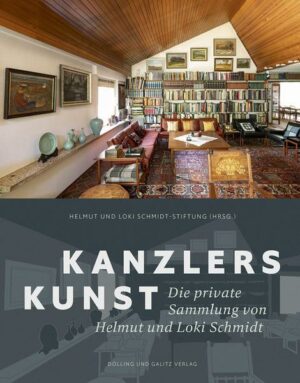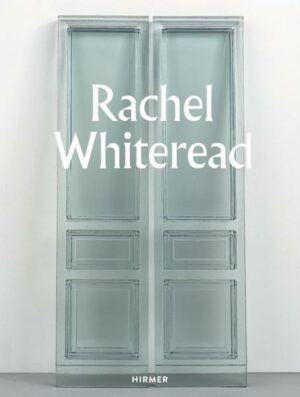Zeitschichten, Materialspuren und Natur Die Kantstraße im Herzen Westberlins ist ein Tausendsassa: Panasiatischer Schmelztiegel, Adresse für Design-Shops und wichtige Achse der Berliner Stadtgeschichte. Mehr als zweieinhalb Kilometer ist dieser laute Hauptstadt-Boulevard lang – Hafen diverser Nationalitäten, gesäumt von Bauten verschiedenster Epochen. Die heutige Nummer 79 steht dabei als Paradebeispiel urbaner Stadtentwicklung und architektonisch anspruchsvoller Transformation, bei der der sensible Umgang mit der Geschichte und ihrer materiellen wie kulturellen Substanz an vorderster Stelle steht. 1896 wurden das Strafgericht und das dazugehörige Gefängnis als freistehende Gebäude von den Architekten Adolf Bürckner und Eduard Fürstenau errichtet. Das Vorderhaus wurde als Schöffengericht genutzt, beherbergte zuletzt das Grundbuchamt Charlottenburg-Wilmersdorf. Auch das Gebäude im Hinterhof war über Jahrzehnte Teil der Geschichte der deutschen Justiz, es diente im Zweiten Weltkrieg als Gefängnis für Widerstandskämpferinnen. Nach der Schließung des Gefängnisses im Jahr 1985 wurde das Gebäude als Archiv für das Grundbuchamt genutzt. Das denkmalgeschützte Ensemble aus Gebäuden und Höfen wurde von Grüntuch Ernst Architekten transformiert, erweitert und neu programmiert. 2022 eröffnet das Architektenpaar eine kulturelle Oase inmitten der pulsierenden Stadt. Wilmina beherbergt heute ein Hotel, ein Restaurant und mit dem Amtsalon einen transdisziplinären Ort für Kunst und Kultur. Das Buch dokumentiert die Geschichte des Ortes und die behutsamen Eingriffe in die Bausubstanz. Es zeigt anhand von historischem und aktuellem Bildmaterial sowie Texten u. a. von Almut Grüntuch-Ernst und Armand Grüntuch, Tatiana Bilbao, Anh-Linh Ngo, Norman Ohler, Matthias Sauerbruch und Florian Siebeck ein vielschichtiges Stück Berliner Stadtgeschichte und Baukultur. Historical Strata, Material Traces, and Nature Kantstraße is West Berlin’s flagship for pan-Asian cuisine, an address for design stores and major axis in the city’s history. This noisy city boulevard is more than two and a half kilometres long–an harbour of various nationalities, lined with buildings from different eras. The building that now stands at number 79 is a paradigmatic example of urban development and sophisticated architectural transformation emphasizing the sensitive engagement with history and its material and cultural substance. The criminal court and a jail annex were erected as freestanding structures after designs by the architects Adolf Bürckner and Eduard Fürstenau in 1896. The street-facing wing was in use by a court of lay assessors and, most recently, it accommodated the Charlottenburg-Wilmersdorf land registry. The rear building, too, figured in the history of the German criminal justice system for decades; during the Second World War, it served as a prison for women members of the resistance. After the jail was closed in 1985, the building was repurposed as an archive for the registry office. The listed ensemble of buildings and courtyards was transformed, expanded and reprogrammed by Grüntuch Ernst architects. They have now transformed it into a cultural oasis amid the city’s perpetual bustle, which opened to the public in 2022. Today Wilmina houses a hotel, a restaurant, and the Amtsalon, a transdisciplinary venue for contemporary art. The book documents the site’s history and illustrates the scrupulously cautious alterations to the historic structure. With historic and contemporary photographs and texts by Almut Grüntuch-Ernst and Armand Grüntuch, Tatiana Bilbao, Anh-Linh Ngo, Norman Ohler, Matthias Sauerbruch and Florian Siebeck, among others, it presents a comprehensive portrait of a multifaceted piece of Berlin’s urban history and building culture.
ISBN: 978-3-95476-474-7








